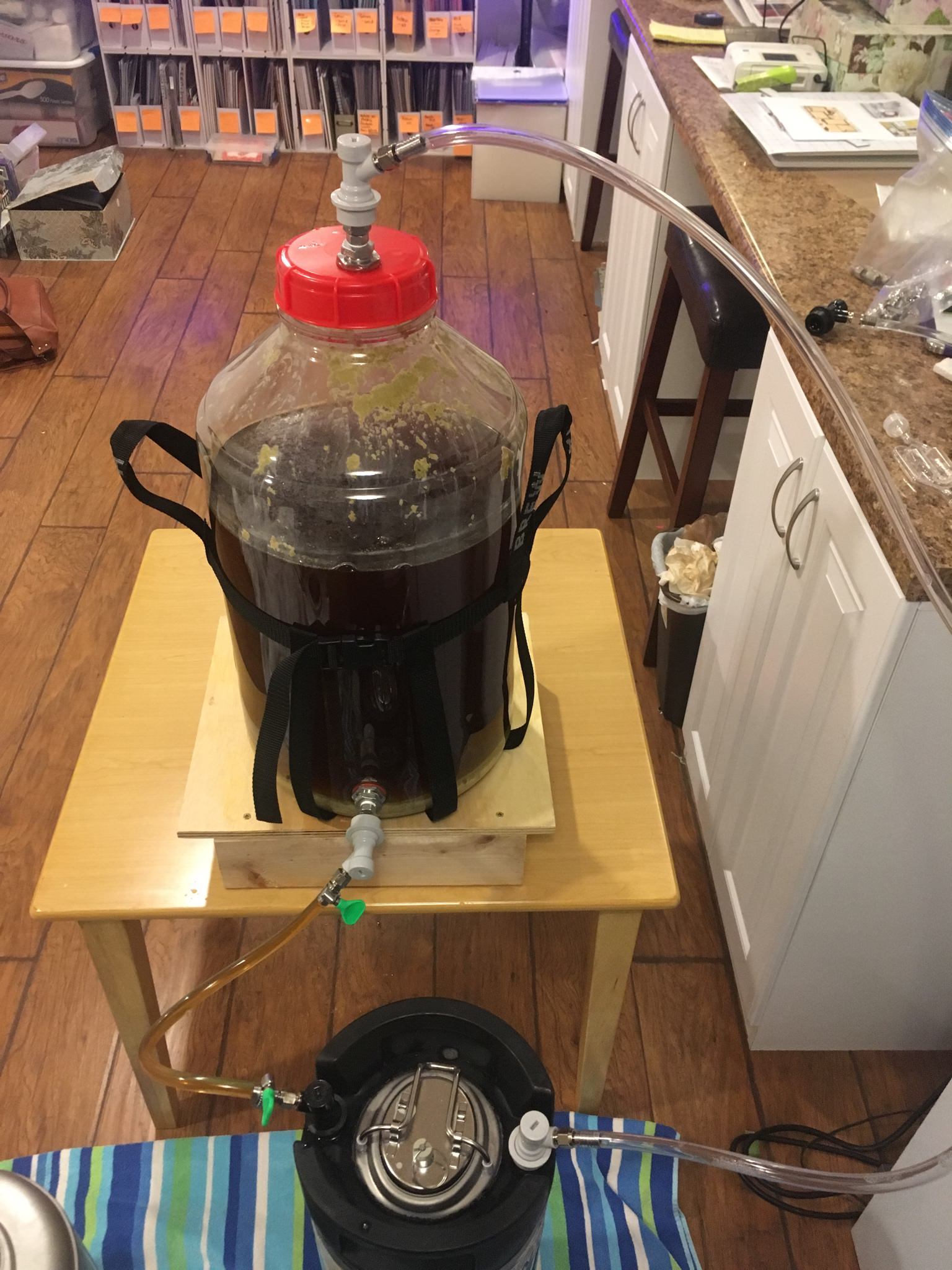DownstairsBrewing
Well-Known Member
- Joined
- Mar 29, 2018
- Messages
- 128
- Reaction score
- 53
So I did a little research on these laws, seem they are rather common in Europe. Interesting read.....We have a couple in the US but they are more focused on a name which includes both the region of origin and the product description (i.e. Tennessee Whisky). Interestingly enough calling a beer a "Kolsch-Style" is still not allowed under the law.
https://en.wikipedia.org/wiki/Geogr...raditional_specialities_in_the_European_Union
Tennessee Whiskey is a fairly good example.
It is actually a difficult question at the emotional/cultural level, that gets complicated by commercial branding. For example, there is a distillery owned by ethnic Scots who have a living tradition of speaking Gaelic as well as creating an alcoholic beverage using malted barley and distinctively peated due to local conditions. They cannot call their whisky 'Scotch' because the distillery is in Cape Breton and the multinationals headquartered in London, Amsterdam, and Paris that own the Scottish distilleries say they cannot. Similarly, Italians who have moved to America taking their food and drink culture with them (to our eternal benefit) are precluded from calling what they make what they have always called it.




























































